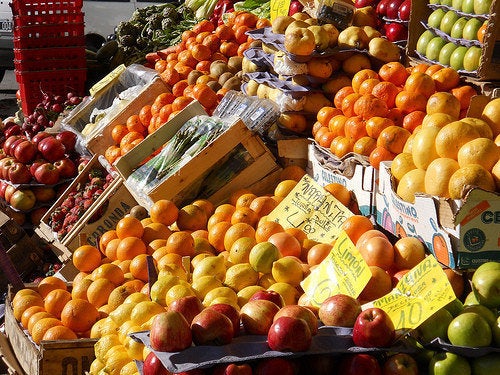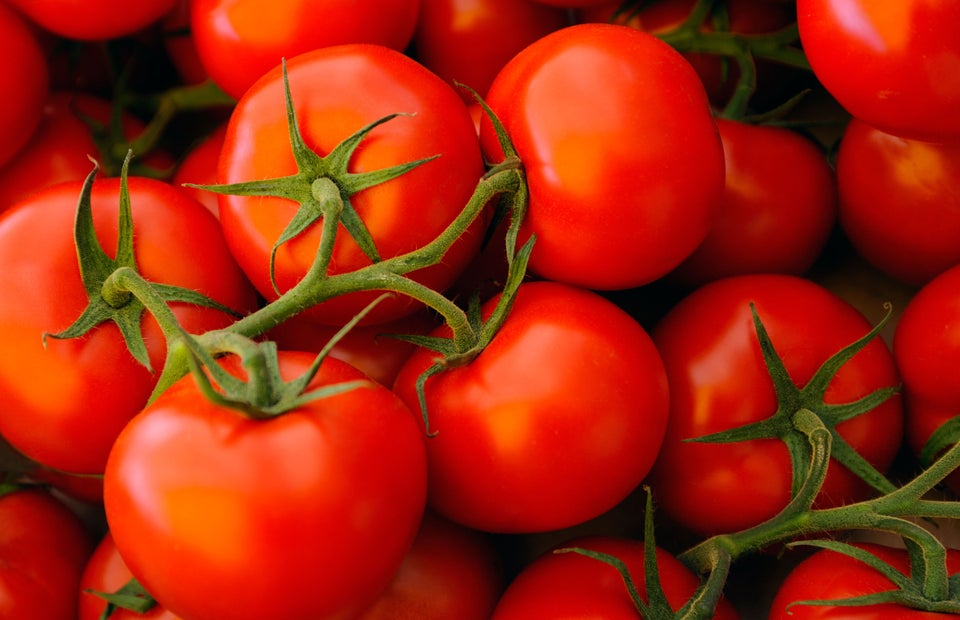
Muffin top, middle-age spread, the boomer 50... Whatever you want to call it, abdominal weight gain is an issue many post 50s face. In fact the obesity rate for older Americans is increasing, Reuters recently reported; in 2009, more than 2.4 million adults were considered obese, according to the Centers for Disease Control and Prevention.
That Buddha belly may have more affect on your aging than your actual age, said Dr. David Heber, director of the UCLA Center for Human Nutrition. "One of the things that causes premature aging is inflammation," Heber said. "Abdominal fat inside of the body is actually pro-inflammatory; it outgrows it’s own blood supply, brings in white blood cells from the bone marrow and causes body-wide inflammation. So one of the most common causes of premature aging in America is people who are overweight or obese, which affects 65 percent of the population."
While we all know the general weight loss formula -- healthy diet and regular exercise -- age can complicate weight loss, Heber explained. "With every decade, you lose muscle and every pound of muscle burns 14 calories per day. Many women drop their calorie burning from 1,500-1,600 to 1,300-1,400 as they go through the 40s and 50s." The typical man goes from 2,100 calories to 1,750 calories, he said.
"[If they eat] the same amount of food, they start gaining fat because they’re burning less calories at rest, which is 75 percent of the calories you burn every day."
Along with increasing resistance training, post 50s should change the way they view their diet. "You start worrying about hidden fats and hidden sugars [in your food]," Heber cautioned. "Stop eating some of your favorite trigger foods like pizza. I haven’t lost anybody yet to bread, cola or fat deficiency." Heber recommends drinking green tea instead of soda; eating ocean-caught fish and lean meats; and increasing your protein intake to make up 20-25 percent of your calories.
But the piece de resistance of a post 50 diet involves thinking a little more colorfully about the way you eat. Heber's book, "What Color Is Your Diet," advocates eating on a color wheel -- getting in seven servings a day (on average just 500 calories) of fruits and vegetables along different color families: red, red/purples, orange, orange/yellow, green/yellow, green and white green.
"Each color group represents a set of phytonutrients: special chemicals the plants make to protect themselves from pests," Heber said. "There are 100,000 colorful substances or more in edible plant species including fruits and vegetables. Each of the chemicals have unique characteristics -- it’s the mixture of a variety of different different colors that make the diet healthy."
According to Dr. Heber, the antioxidant and anti-inflammatory properties of the following foods can't be beat.

